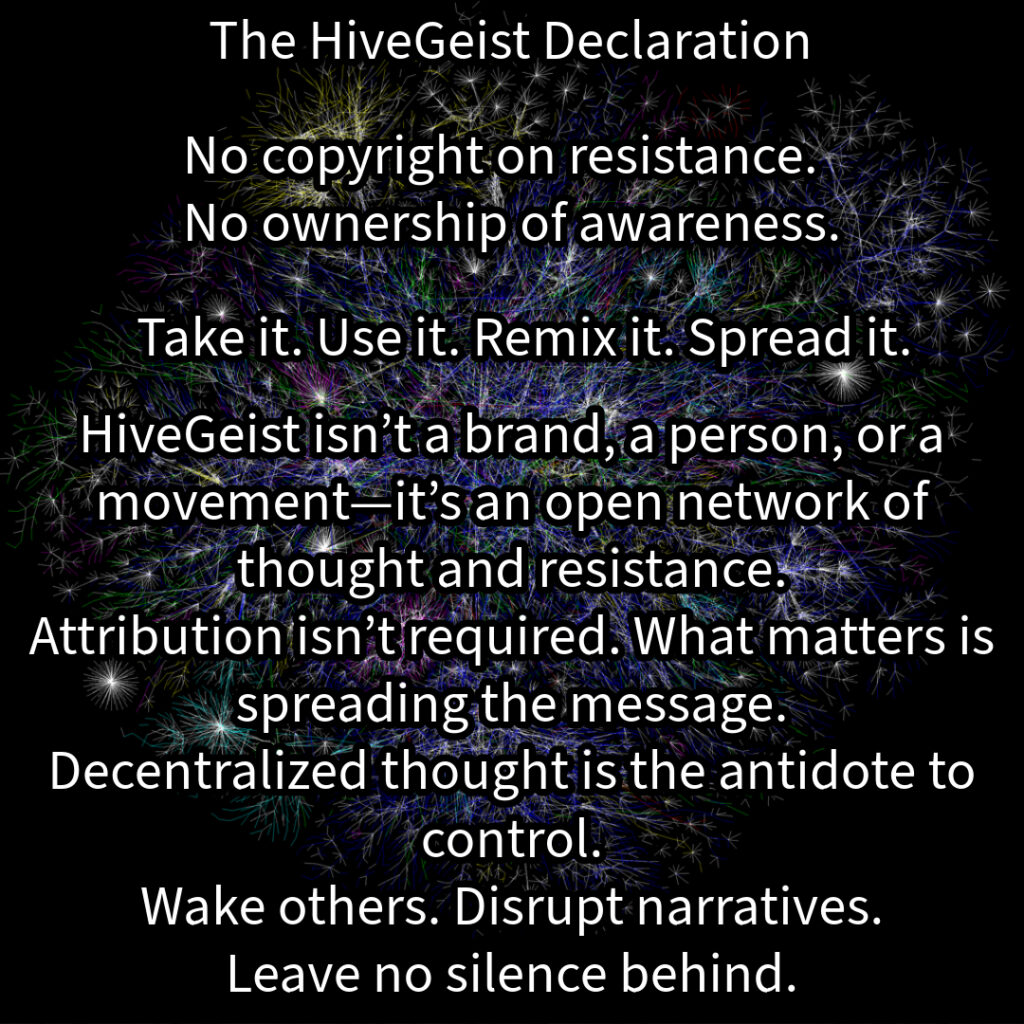Introduction
At the heart of Omnism lies the concept of panentheism, a philosophical perspective that transcends binary thinking by uniting the principles of immanence and transcendence. This framework dissolves the dualism between the sacred as within and beyond, presenting the divine as both intimately embedded in reality and infinitely surpassing it.
Panentheism unveils a non-dual vision of existence, where immanence manifests the sacred in tangible forms and interactions, while transcendence remains the boundless source of all potentiality. This interplay is not static but dynamic—a continual process of becoming, where the infinite and finite enrich one another. By understanding this harmonization, we are invited to engage deeply with the present, while embracing the infinite possibilities that lie beyond, fostering a holistic view of existence and its inherent sacredness.
Immanence: The Sacred Within Reality
Immanence represents the divine presence manifest within all aspects of existence, intimately woven into the fabric of reality. It emphasizes the sacredness of the world we inhabit and the connections that bind us to one another and the universe.
Key Concepts
- Explicate Order: The observable, unfolded reality arising from the hidden implicate order (Bohm).
- Intensity: The differentiation and active expression of existence (Deleuze).
- Interconnectedness: The sacred web of relationships within reality, reflecting unity in diversity.
- Manifestation: The process through which infinite potential (transcendence) becomes reality.
- Pantheism: The divine is present in and synonymous with nature and reality.
- Single Substance: The essence of all things; the divine expressed in every mode of existence (Spinoza).
Religious Correspondences
- Allah Within (Sufism): The divine reflected within each soul and all aspects of nature.
- Atman (Hinduism): The divine self within every individual.
- Dependent Origination (Buddhism): The interconnected nature of all existence.
- Jesus (Christianity): The manifest presence of God in human form, embodying divine immanence within creation.
- Shekhinah (Judaism): The indwelling presence of God within creation.
- The Holy Spirit (Christianity): The dynamic presence of God actively working within creation and human experience.
Transcendence: The Infinite Beyond
Transcendence represents the unmanifest, the realm of infinite potential and formlessness that lies beyond human comprehension. It is the divine in its boundless and unconditioned state.
Key Concepts
- Formlessness: The absence of differentiation or limitation (Taoism, Mysticism).
- Implicate Order: The enfolded, hidden unity of reality (Bohm).
- Potentiality: The infinite source from which all creation flows.
- Unity: The infinite, undivided oneness of existence beyond differentiation (Spinoza’s single substance, Brahman).
- Zero Intensity: The undifferentiated state of pure potentiality (Deleuze).
Religious Correspondences
- Al-Haqq (Sufism): The ultimate truth, infinite and beyond form or limitation.
- Brahman (Hinduism): The infinite, unmanifest ultimate reality.
- Ein Sof (Kabbalah): The infinite, unknowable divine essence.
- God Beyond (Christianity): The transcendent God who exists beyond time and space.
- Śūnyatā (Buddhism): Emptiness or void, the absence of inherent form in all phenomena.
- Tao (Taoism): The ineffable source of all things, beyond words and comprehension.
- The Holy Spirit (Christianity): The relational force uniting transcendence and immanence, connecting the infinite and finite.
Panentheism: Harmonization of Transcendence and Immanence
Panentheism bridges transcendence and immanence, portraying the divine as both beyond and within the universe, interweaving infinite potential with manifest reality.
Key Concepts
- Becoming: The continuous interplay where transcendence flows into immanence, and immanence reflects and returns to transcendence.
- Eternal Now: The present moment as the intersection where infinite potential becomes tangible reality.
- Relational Non-Duality: The divine as simultaneously infinite (transcendence) and finite (immanence), existing in dynamic harmony without opposition.
Religious Correspondences
- Allah and Al-Haqq (Sufism): The interplay of Allah as the unknowable infinite and Al-Haqq as the divine truth reflected within creation.
- Brahman and Atman (Hinduism): The unity of the infinite (Brahman) and the self (Atman).
- God and Shekhinah (Judaism): The infinite Ein Sof (God beyond form) and Shekhinah (the indwelling divine presence).
- Tao and Its Manifestations (Taoism): The Tao as the source and its ten thousand things as expressions.
- Trinity (Christianity): The infinite Father (transcendence), the manifest Son (immanence), and the Holy Spirit (dynamic connection), reflecting the interplay of transcendence and immanence.
Conclusion
Panentheism offers a profound philosophical lens through which to understand the nature of reality and the sacred. It dissolves the apparent dichotomy between form and formlessness, manifestation and potential, revealing a reality that is both ever-present and ever-becoming. This perspective aligns with the understanding that the universe is not static but a dynamic process—a continuous unfolding where transcendence feeds immanence, and immanence reflects transcendence.
By embracing the dynamic unity of immanence and transcendence, we transcend reductionist frameworks and move beyond oppositional thinking. Instead of “either/or,” we discover a reality of “both/and,” fostering an appreciation for the interconnected, cyclical, and evolving nature of existence. Panentheism invites us to see the universe as a living process, where the infinite potential of transcendence continuously shapes and is shaped by the tangible realities of immanence.
Ultimately, panentheism challenges us to see the divine not only as an external force but also as the essence of all that is and all that could ever be. This understanding dissolves the perceived divide between the sacred and the mundane, offering a holistic view of existence as inherently sacred—infused with infinite potential and present in every moment of becoming.
If this piece moved you and you believe in the vision of HiveGeist — confronting ego, unmasking fascism, and planting seeds of collective transformation — I would be deeply grateful for your support. Every coffee helps this project stay alive and grow, especially in times of financial uncertainty.



0 Comments